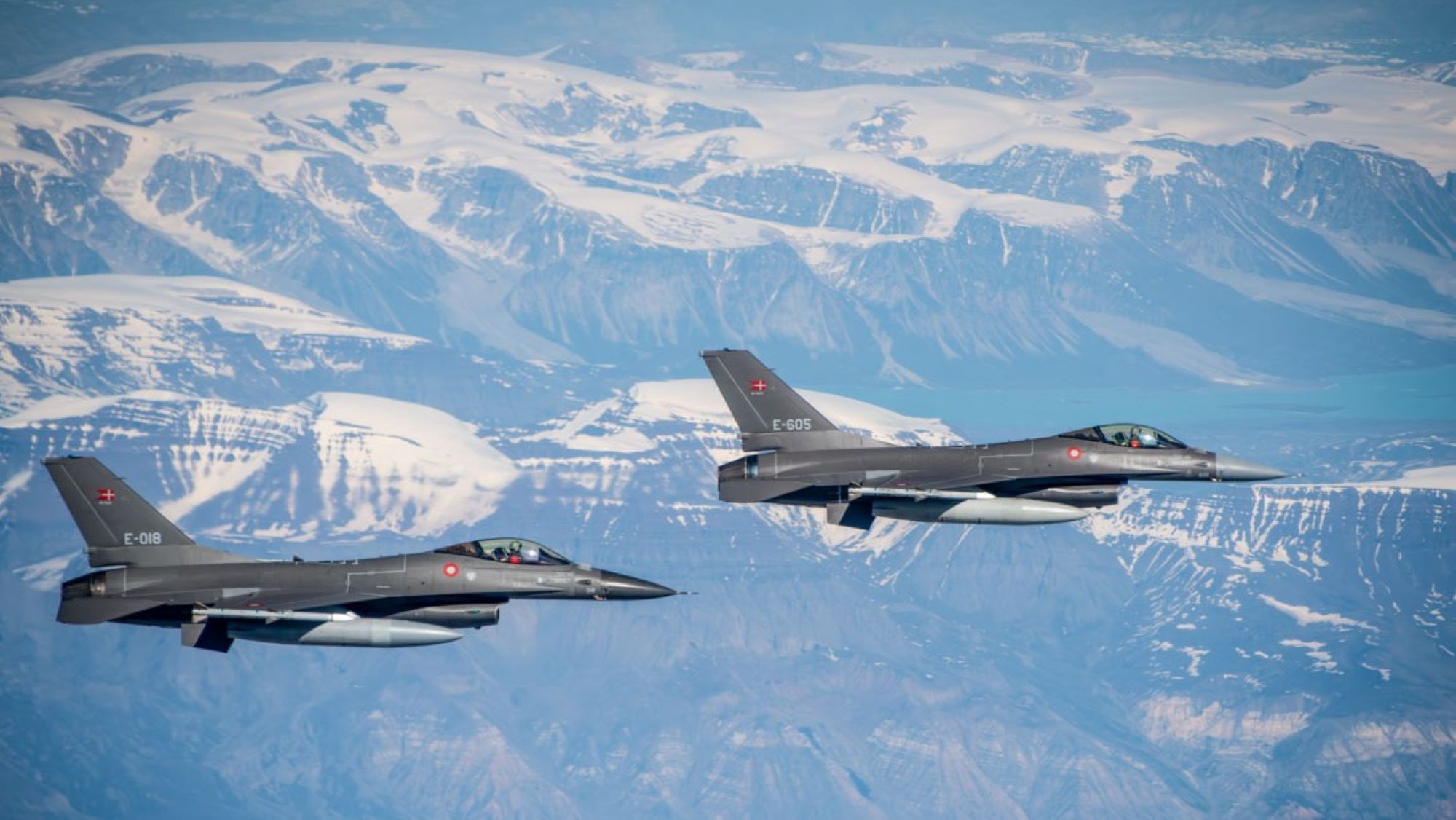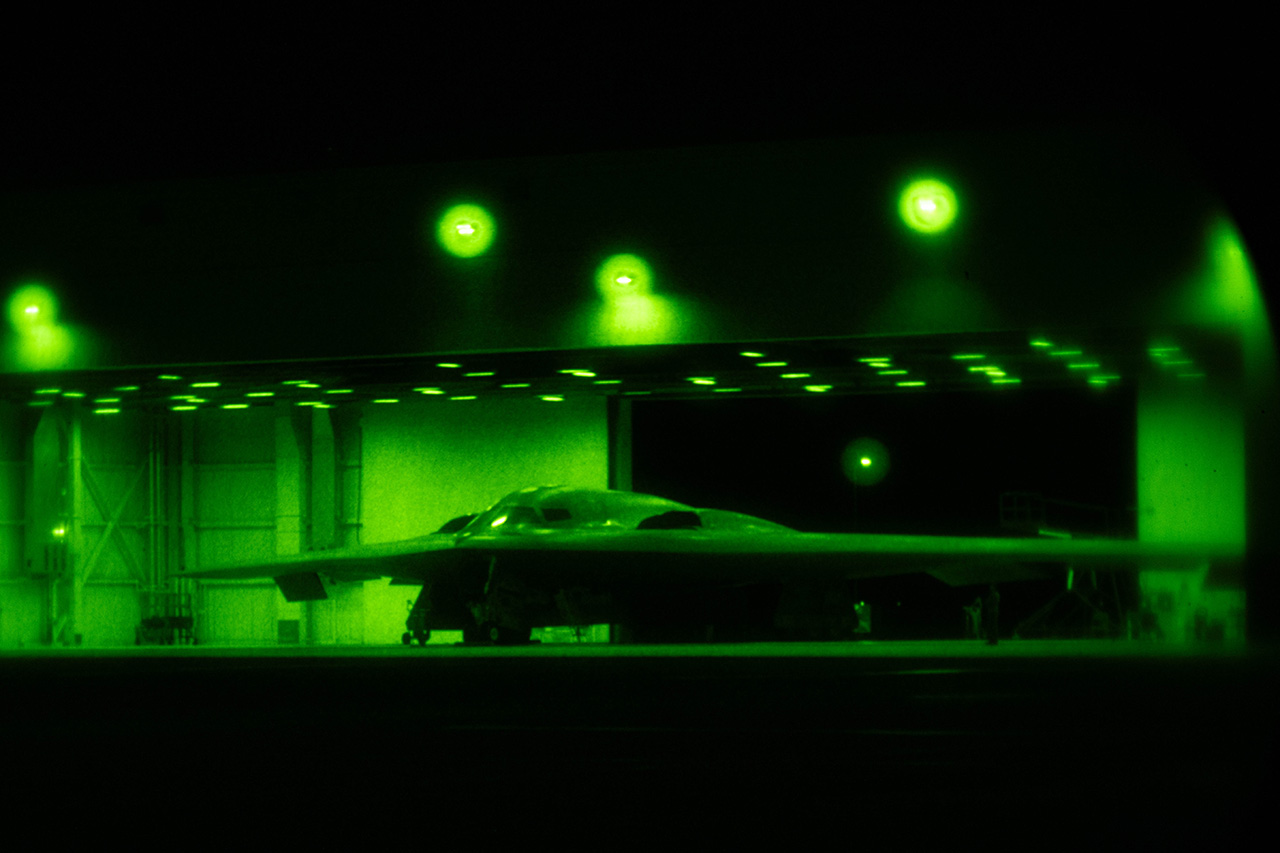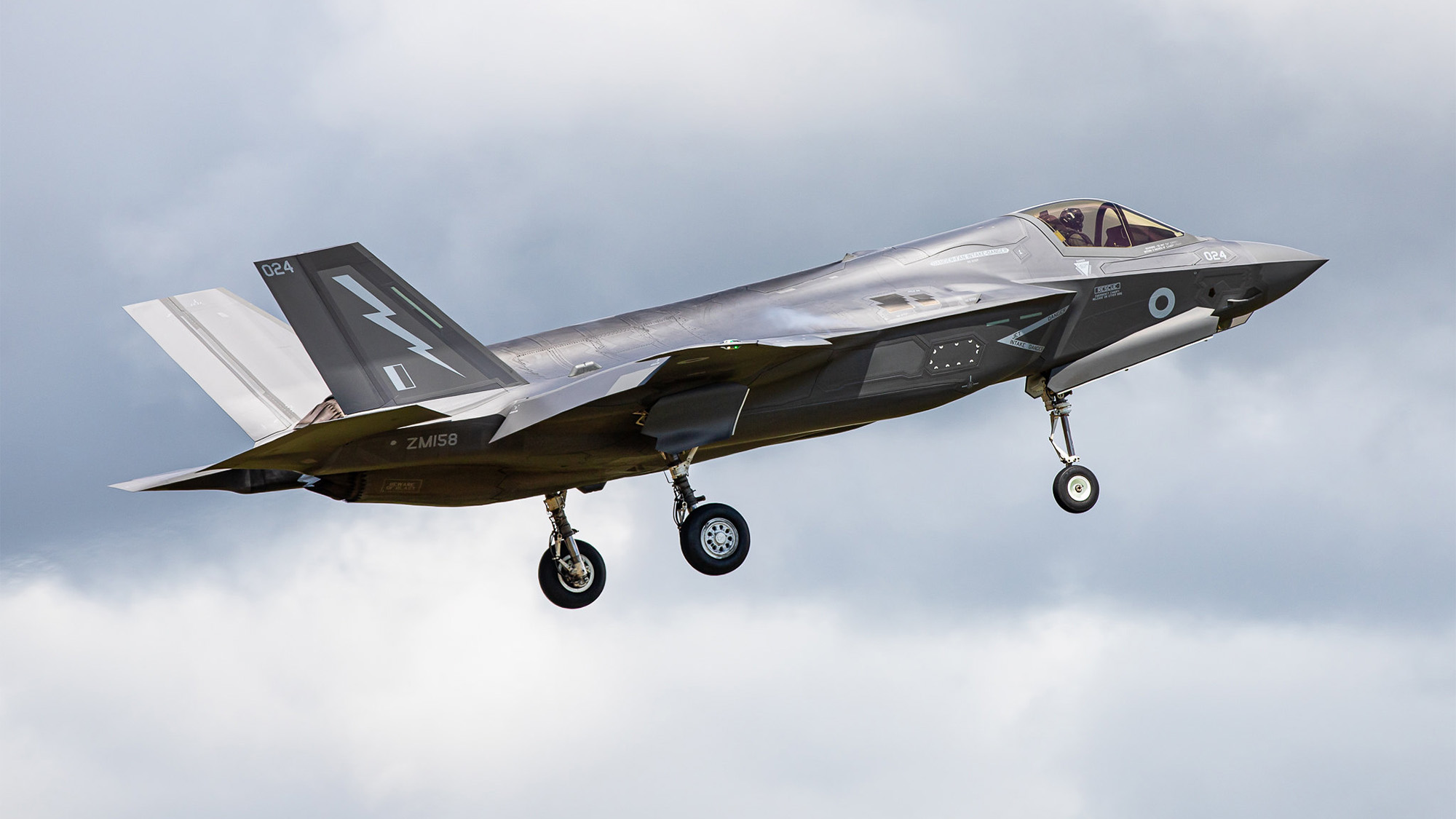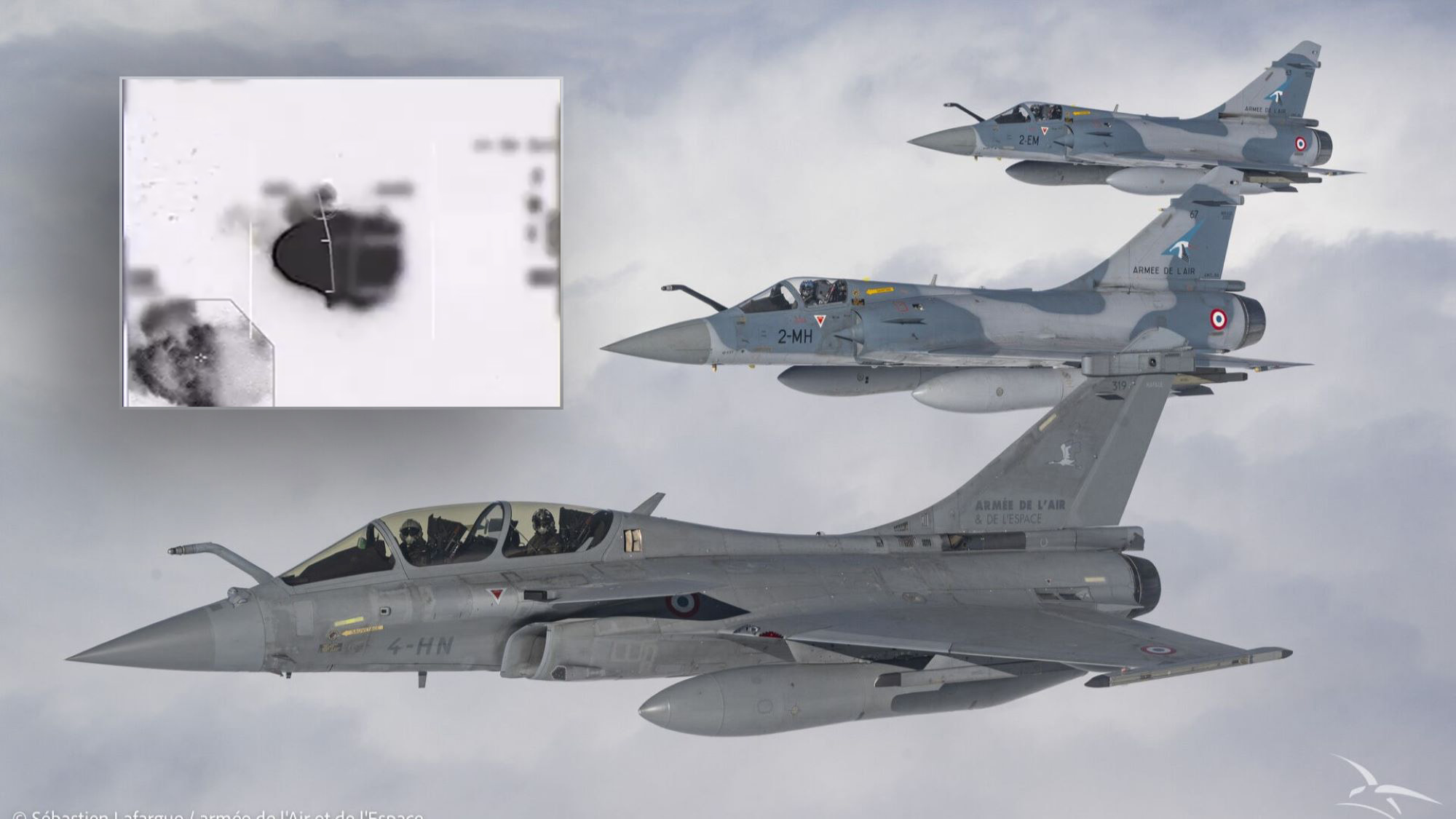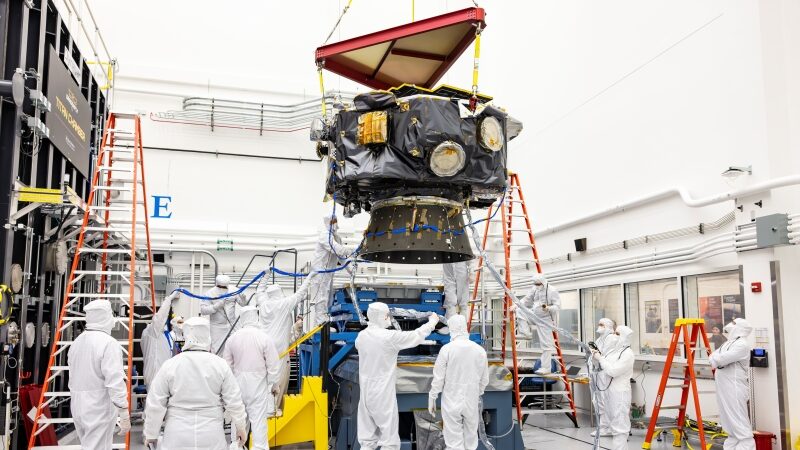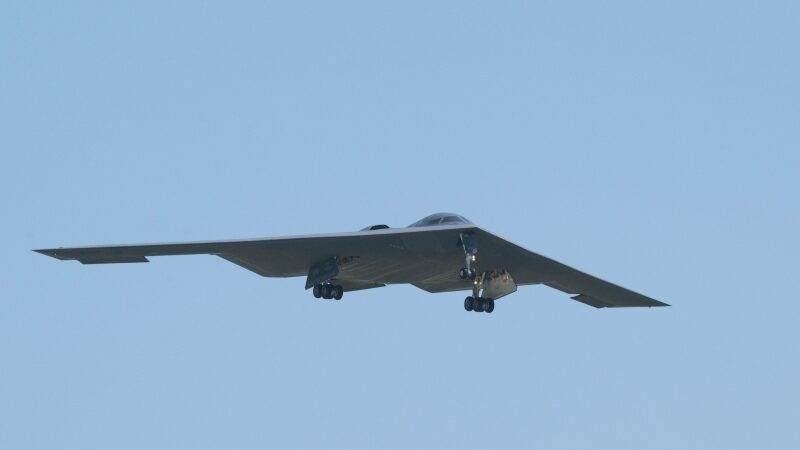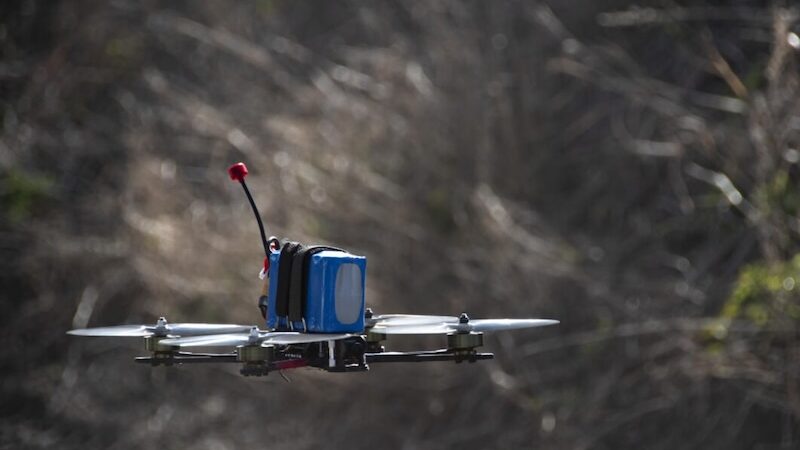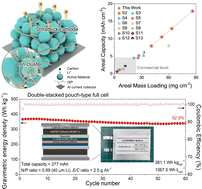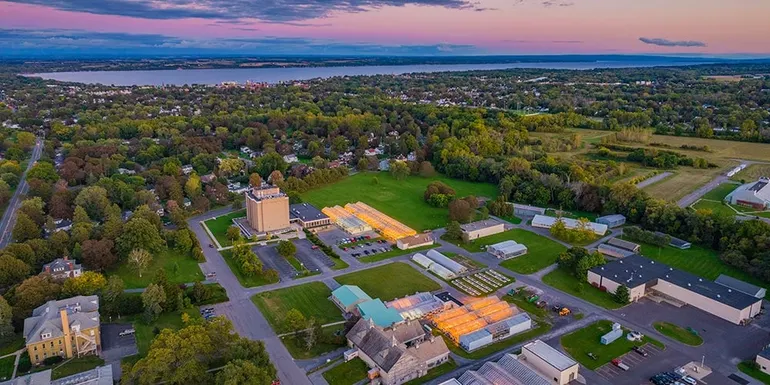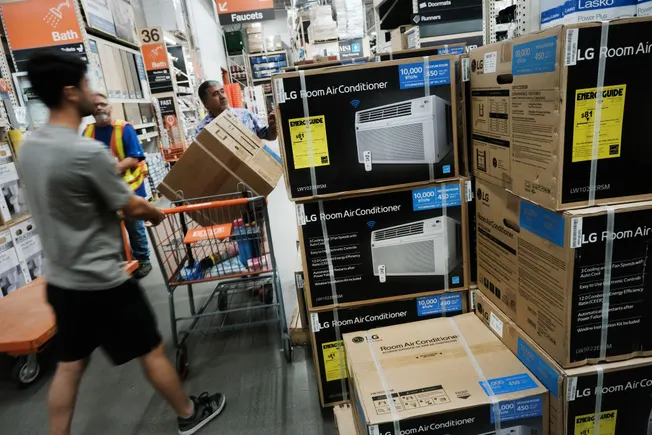EVADE: DARPA pivots shipboard drone program to rapidly field tech later this year
“By forcing a missionization really quickly before you get to that 100 percent product … we’re getting a lot of really good interaction,” DARPA Program Manager Phillip Smith told Breaking Defense in an interview.


Artist’s concept of five performer designs for the DARPA ANCILLARY program’s EVADE demonstration. Image shows vertical takeoff-and-landing position and forward flight orientation, to scale, for each aircraft. (DARPA)
WASHINGTON — An experimental Pentagon program focused on developing shipboard unmanned aerial systems is aiming to transition its technology to the broader Defense Department later this year, following a change of plans centered on more rapidly fielding the drones to servicemembers.
The program in question, dubbed AdvaNced airCraft Infrastructure-Less Launch And RecoverY (ANCILLARY), was initiated by the Defense Advanced Research Projects Agency last year and aims to produce a relatively small UAS that can be easily launched and recovered from US warships.
Phillip Smith, a DARPA program manager overseeing the effort, told Breaking Defense in an interview that the program has opted to refocus its efforts on more rapidly fielding a capable UAS in 2026, relative to ANCILLARY’s initial goal to begin flight tests that year. He said the decision was prompted last year by two factors. The first was because DARPA’s “partner in the Navy” disclosed it could not proceed with shipboard testing or a phase two downselect as originally planned. The second factor was conversations happening between DARPA and other partners within the Pentagon.
“At the same time, we were in conversations with the Marine Corps and a combatant command … they said, ‘Hey, we really like all of those goals in ANCILLARY and that’s what we want,” said Smith. “What can you do in [2025]? What can you give us, even if it’s a lower capability, but with the ability to get up to that level, right?”
RELATED: Beyond Blackjack: DARPA planning new X-Plane to give ship cos local ISR assets
The spinoff effort, Early VTOL Aircraft DEmonstration (EVADE), focuses on drone designs from five different companies: AeroVironment, Griffon Aerospace, Karem Aircraft, Method Aeronautics and Sikorsky. The five missions they must be capable of accomplishing are logistics; communications relay; carrying a weapons payload; carrying a synthetic aperture radar; and intelligence, surveillance and reconnaissance.
In addition to being capable of operating from Navy ships, the UAS also must not exceed 330 pounds, or 150 kilograms, in weight. That requirement is important because Pentagon policy dictates that a drone’s total weight corresponds to the qualifications required by its operator.
In general, smaller UAS may be piloted by drone operators, while larger drones require a fully trained pilot. Smith said the Pentagon is currently considering a policy change that would allow drones of 330 pounds or less to be operated by drone operators. For the Navy or Marine Corps, reducing the qualification requirements would reduce the cost imposed on the unit fielding the drones because they would not need an aviation unit to buy, operate and maintain the UAS.
A Defense Department spokesperson did not respond to a request for comment about the potential policy change by press time.
For EVADE, Smith said the contractors were told their original designs had to remain largely the same despite the Navy’s withdrawal from participating in shipboard testing. The reason for that is DARPA still plans to pursue ANCILLARY’s original goals, but is using EVADE as a pathway to field a less-than-perfect solution faster.
“By forcing a missionization really quickly before you get to that 100 percent product … we’re getting a lot of really good interaction,” he said, “We’re starting the requirements, the funding, all of that sort of stuff much earlier in a program, or in a life cycle, than has been traditionally done.”
Smith said EVADE’s original goal was to field a capability in 11 months, which would have resulted in a finished product in July 2025. But he acknowledged some delays in each of the contractors’ progress and said the new goal is to have drones ready for fielding this August or September.




















































































